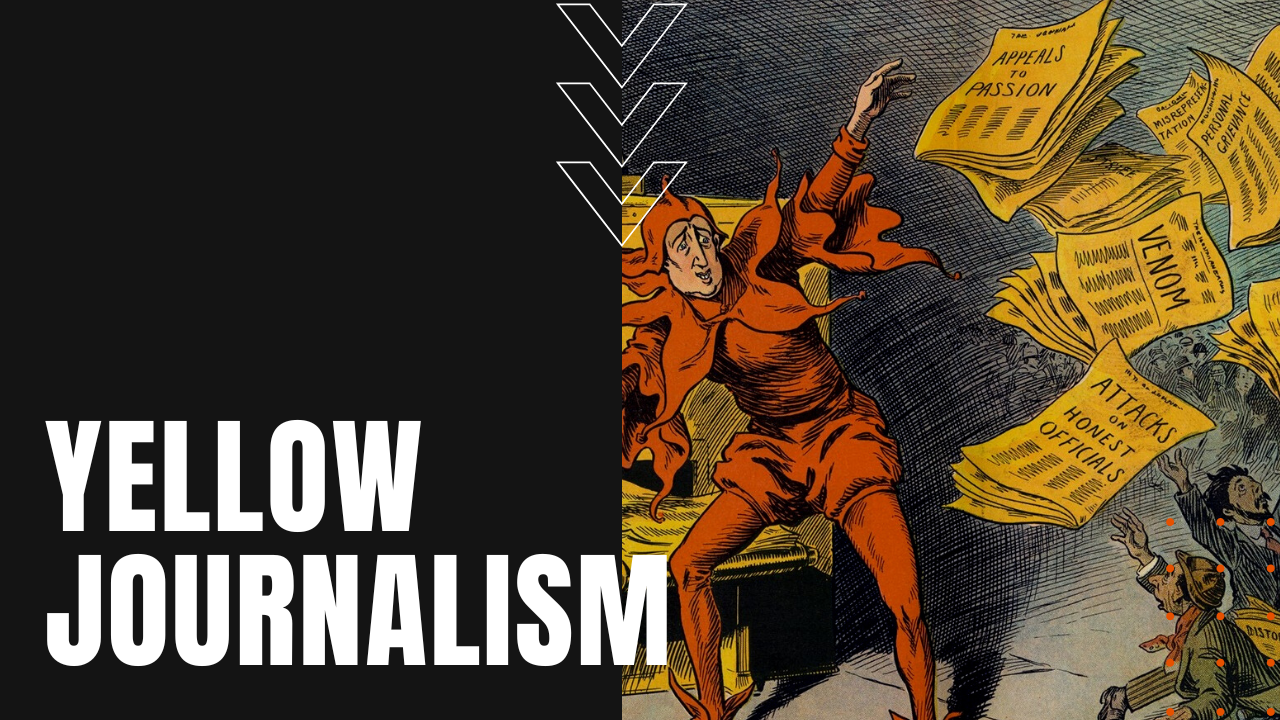Yellow Journalism: History of Scare Tactics in News and Tabloids

What is Yellow Journalism?
First coined by New York Press editor Erwin Wardman, yellow journalism or yellow press first appeared in the mid-1890s during a newspaper circulation war between Joseph Pulitzer’s New York World and William Randolph Hearst’s New York Journal, when sensationalized news stories were published side-by-side with serious objective reporting.
The rise of Yellow Journalism prompted one British magazine to note in 1898 that:
“All American journalism is not yellow, yet all strictly up-to-date yellow journalism is America.”
Tabloid Trash and Scare Tactics
In more recent times, yellow journalism has become the main ingredient in tabloids and tabloid TV shows known as trash TV, each relying extensively on sensationalized events and fake or exaggerated news.
Intended to excite public opinion, yellow journalism’s fundamentals include scare headlines of minor news events, the lavish use of photographs, sketches or drawings, pseudoscience, a heavy emphasis on an underdog protagonist against a rigged system and the use of false learning from so-called expert sources in a given field.
American University professor of communications W. Joseph Campbell describes yellow press newspapers as having daily multi-column front-page headlines covering a variety of topics, such as sports and scandals, using bold layouts (with large illustrations and perhaps color), a heavy reliance on unnamed sources and unabashed self-promotion.
Checkbook Journalism
A sub-variant of yellow journalism is checkbook journalism, which embodies the controversial practice of reporters who pay sources for information without verifying the truth or accuracy of the information they report, making yellow journalism, one of the oldest forms of fake news in America.
